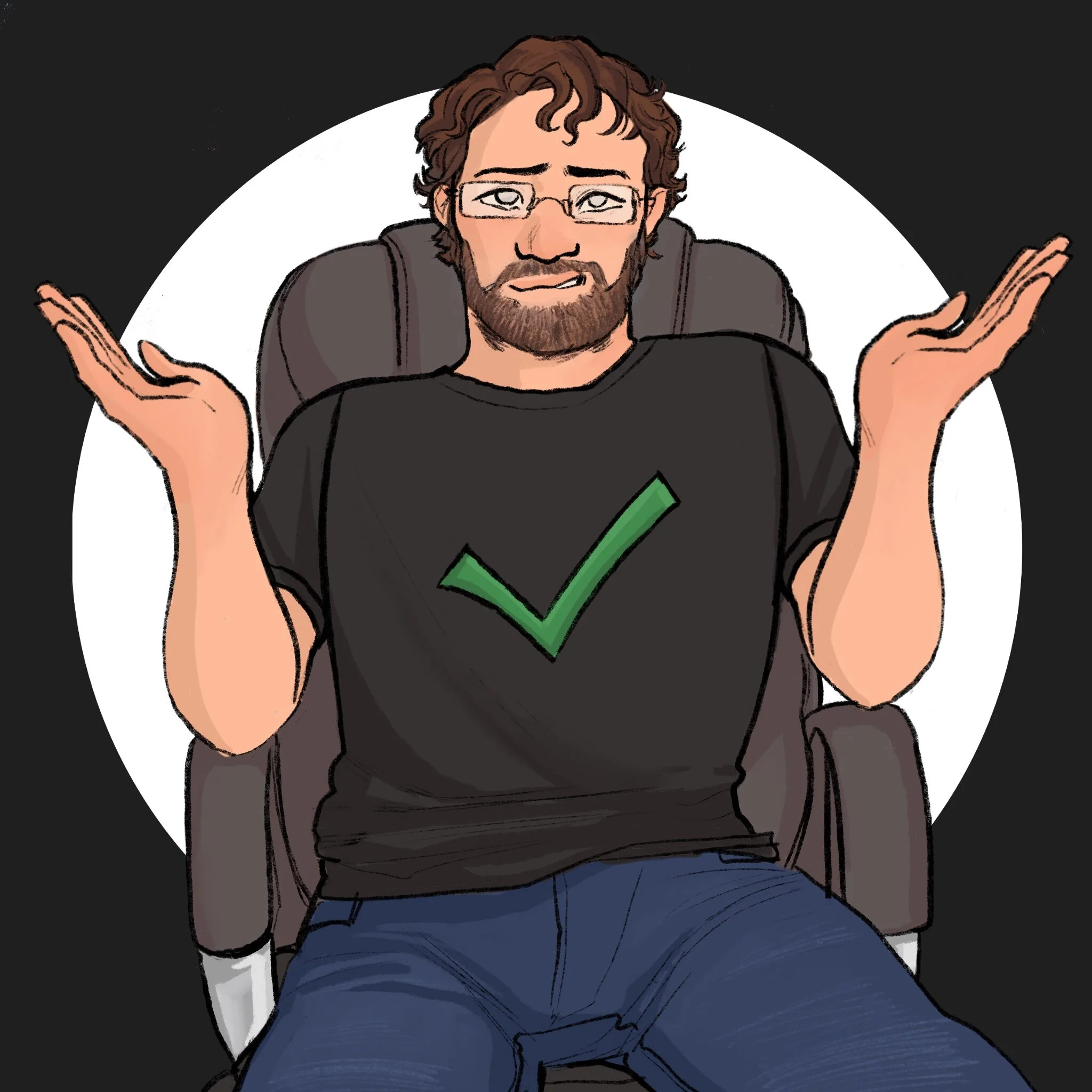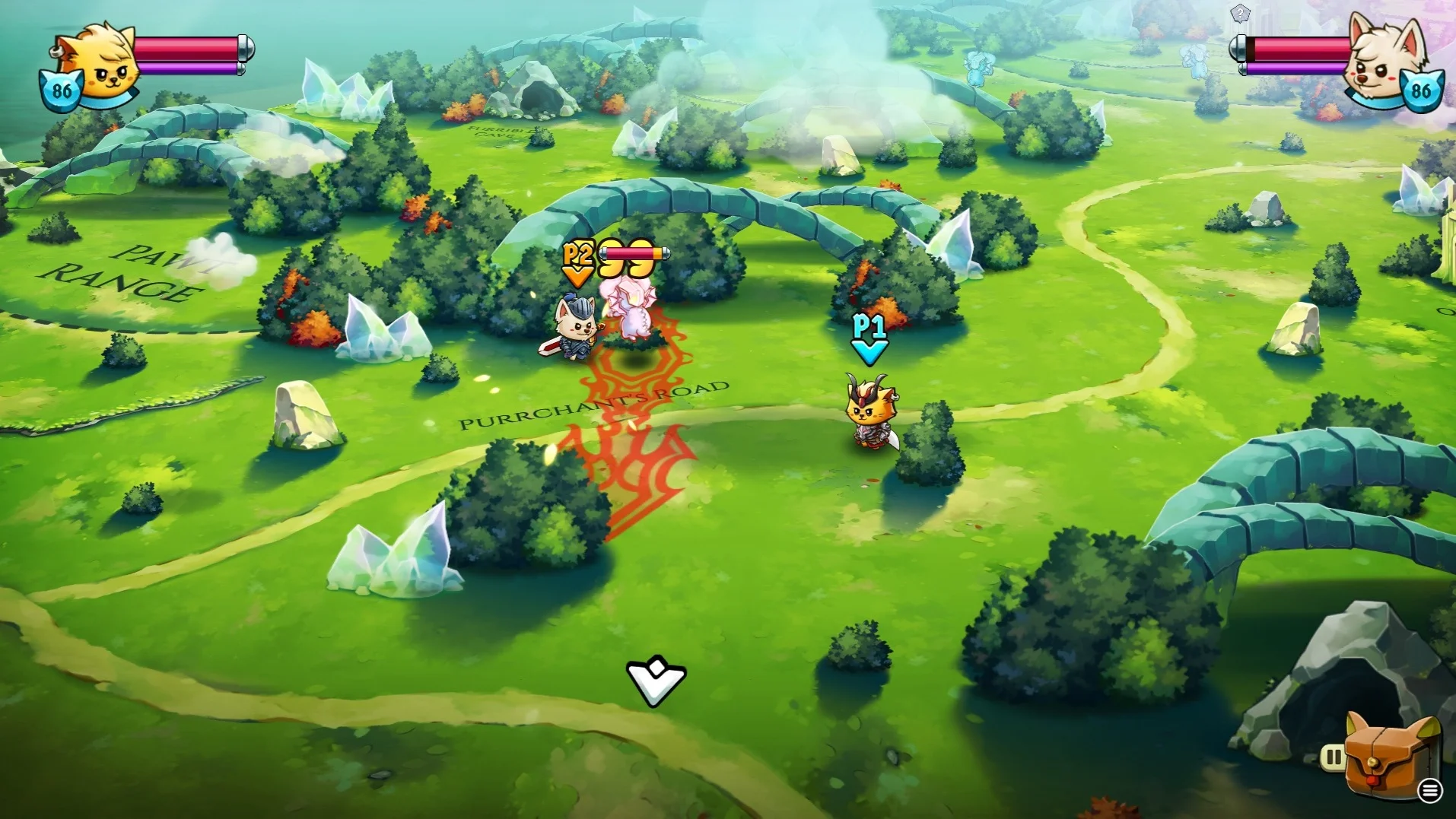Warsaw Review
I am not a history buff, but I seem to be ahead of the curve here in America because I remembered the most important lesson about World War 2: The Nazis were truly awful. Because I wasn’t a very good student I don’t know many of the important dates that I should know, including when the Nazis took over or lost control of specific areas. Fortunately, the folks of Polish game studio Pixelated Milk have made Warsaw, telling the tale of how the people of the titular city fought back against the Nazi threat in the last part of 1944.
In Warsaw, players take command of a desperate group of soldiers tasked by an exiled Polish government to take back the city of Warsaw as the Nazis began to lose ground to the Allied Forces. Since Warsaw has been occupied for about five years, this is no small task. Players must deploy teams of two to four fighters on covert raids to accomplish objectives in the hopes of weakening the Nazi presence, supporting the Polish people, and gathering resources to continue the fight. Unsurprisingly, a handful of soldiers and half-trained civilians aren’t much of a match for an industrialized national war machine, so players will need to prepare for a lot of loss and frustration while playing Warsaw.
The gameplay of Warsaw can be divided into three different sections: The hideout, the mission map, and the battlefield. The hideout is the headquarters of the Warsaw uprising, a safe place away from the guns and boots of the Nazi forces. Here, players can manage the skills and equipment of their insurgents, hire new volunteer soldiers, purchase new equipment, send aid to struggling parts of the city and dispatch forces on the next mission, among other things. When players do send their forces on missions, the mission map is activated, where players move through the war-torn streets of Warsaw to complete their objective. While on missions, players will encounter battles and be taken to the battlefield, where the player’s insurgents and volunteers do battle with the Nazi scum. Each of these sections are competent, but some have better features than others.
Personally, my favorite of these three sections is the hideout because it has the highest concentration of cool ideas and the foremost of these is the commendation system. At the end of any successful mission, players will receive one commendation, an item that can be used to level up their insurgents, giving them one of two new abilities at each level. Commendations can also be found while looting on the mission map. I like this system because it emphasizes the mood of the game: fighting not necessarily to win, but to live to fight another day. Regardless of how many Nazi patrols players defeat during the mission, the only sure-fire way to get commendations and improve your insurgents is to complete the mission objective. Commendations can also be found in supplies or enemy loot, but they’re so rare they can’t be counted on. There are other good ideas in the hideout, like insurgents getting different skills depending on the weapons they have equipped and sending supplies to districts you can’t afford to deploy to, but the hideout also has some real problems. My biggest problem is that players are forced to immediately deploy again after they finish a mission, either leaving wounded characters behind to heal or taking them along in their diminished state. Thanks to the uprising’s nurse, I know exactly how many days my soldiers need to heal, but am unable to do anything with that information. I wish I had the ability to wait two or three days before deploying again to allow my troops to recuperate.
After initiating a mission, players are taken to the mission map screen. Here, players guide their unit around the map of Warsaw to accomplish whatever objective the mission asks for. I didn’t like this very much because moving around used up an Action Points bar which decreased at a rate I couldn’t figure out and seemed to deplete while I was stuck on an obstacle or moving against a wall. While exploring, players will discover spots on the map marked as battles, events, or loot. When players move onto, or sometimes near in the case of battles, these spots, the associated incident happens. Looting is unremarkable and self-explanatory, but events and battles are noteworthy. Events are worth talking about because, while most of them are extremely boring and inconsequential, there are also events that can outright kill your characters with no warning, regardless of health or equipment. I know that Warsaw is meant to depict a terrible situation, but there are very few things less fun than a game suddenly knocking one of your pieces off of the board.
Lastly, when players enter a battle, they’re taken to the battlefield. If you have played Darkest Dungeon, you will immediately have a good grasp of how combat works, but there are a few interesting twists. The first twist is cover. If a unit would be damaged by an enemy and they are behind cover, the cover absorbs approximately 50% of the damage. There are skills that bypass this, but they’re rare. The second twist is that each character in the player’s unit does not have to act every round. Instead, players get a number of character activations equal to the number of characters in their unit. If a character is activated, they use a skill that consumes one or two of their stamina points. A character’s accuracy is directly tied to the number of available stamina points, so while a player may want one unit to act several times in a round, the character will perform worse with each subsequent turn they take. The last twist is ammo. Almost every skill consumes one of the three kinds of ammo and can’t be used if none are available. This is probably my favorite variation, as it further emphasizes the desperate, constrained circumstances of the Polish uprising.
There are a lot of good ideas in Warsaw and apparently more coming to the game soon. As I’m finishing this review, the developers have put out an update promising to fix a majority of the issues I have with this game in the coming weeks. However, I can only judge games as they are, not as they might eventually be. Between a startling lack of any evocative writing about this horrible period of history and a variety of issues from lack of options to poor design decisions, the solid gameplay of Warsaw can hold this game only so high. Maybe this game will be worth the $25 price tag one day, but it certainly isn’t right now.
Buy this game on sale
It’s worth playing, just not at the price they’re asking



